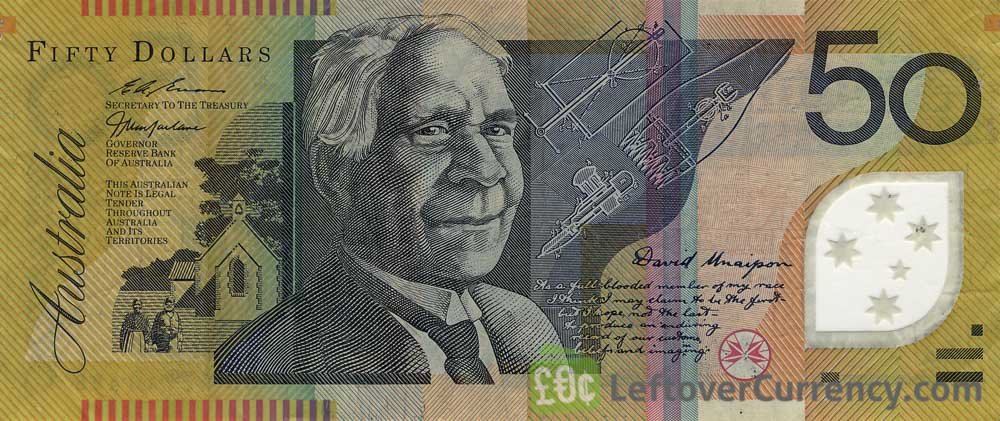AUD/USD Remains Close to 0.6500 as Trump-Fed Spat and RBA Rate Cut Hints Determine Market Mood
AUD/USD pair increased slightly towards the all-important 0.6500 level on Tuesday after the US Dollar lost some ground following political upheaval at the Federal Reserve. President Trump sent a firing letter to Fed Governor Lisa Cook for mortgage accusations, raising fears of Fed independence and generating weak selling pressure on the Greenback. At the same time, investors look forward to the US Durable Goods Orders data, which is predicted to decline moderately, as the Australian Dollar holds firm despite an early warning of further interest rate cuts by the Reserve Bank of Australia later in the year. KEY LOOKOUTS • Trump’s decision to end Fed Governor Lisa Cook’s term sparks renewed fears over central bank independence. • The Greenback weakens, and the DXY falls 0.2% to around 98.20, which provides a boost to AUD/USD. • July Durable Goods Orders are due, which are predicted to decline by 4% compared to June’s more severe 9.3% drop. • The minutes from the RBA foreshadow further interest rate cuts during the year, with judgments subject to data received and overseas threats. AUD/USD rose moderately towards the 0.6500 level on Tuesday as a weaker US Dollar came after President Trump suddenly tried to dismiss Fed Governor Lisa Cook for mortgage charges injected political and economic volatility. The move further subjected the independence of the Fed to new doubts, putting subtle pressure on the Greenback and enabling the Aussie to make inroads. Traders now look to the coming US Durable Goods Orders report, due to indicate a lower decrease versus June, while the Australian Dollar holds firm in spite of the RBA suggesting possible rate cuts later in the year. AUD/USD inched higher towards 0.6500 after the US Dollar weakened in response to Trump’s bid to sack Fed Governor Lisa Cook, sparking fears of Fed independence. Buyers now focus on US Durable Goods Orders data, with the RBA’s hint of future rate cuts keeping the Aussie in line. • AUD/USD inches closer to the 0.6500 level during Tuesday’s European session. • US Dollar Index (DXY) down 0.2 to about 98.20, supporting the Aussie. • Trump seeks to remove Fed Governor Lisa Cook over suspected false mortgage reports. • Cook contests dismissal, insisting Trump lacks the legal power to remove her. • Fed independence is becoming increasingly cause for concern amid warnings of politcal interference. • Investors look to US Durable Goods Orders data to come through with a 4% drop for July. • RBA minutes indicate further interest rate cuts later in the year, although data will determine the pace. President Trump’s move to order Federal Reserve Governor Lisa Cook a termination letter created political controversy and reopened questions over the central bank’s independence. As Trump accused Cook of making false claims about mortgage arrangements, she dismissed the allegations and claimed that the President could not remove her. This action is part of Trump’s larger effort to have more control over the Fed, an organization he has often denounced for its policies, according to market observers and analysts. AUD/USD DAILY PRICE CHART SOURCE: TradingView In Australia, the Reserve Bank of Australia’s August meeting minutes revealed that officials remain open to additional interest rate cuts later this year. Policymakers emphasized that the timing and extent of these cuts will depend on the flow of economic data and global conditions. The RBA’s cautious but accommodative stance reflects concerns about growth and inflation, while leaving room to adjust policy based on evolving risks. TECHNICAL ANALYSIS AUD/USD is probing the psychological level around 0.6500, which has served as a pivot point in recent trading sessions. A break above this range could set the stage for further up-move towards near-term resistance levels, but its inability to stay above 0.6500 could lead to fresh selling interest. Market participants are taking keen interest in price action on this important level as it would decide short-term directional flow for the pair. FORECAST Should the US Dollar remain under selling pressure in face of political stress at the Fed and softer-than-anticipated US data, AUD/USD may gain traction above the 0.6500 level. A clean break higher would likely urge buyers to drive the pair towards near-term resistance levels, supported further if the RBA embraces a cautious rate cut pace. Conversely, any bounce of the Greenback on the back of better US economic data or reducing political turbulence would pressure the pair. Not being able to hold above the 0.6500 level could induce fresh selling, which could drive AUD/USD lower as markets also take into account the RBA’s inclination for further cuts in interest rate this year.





